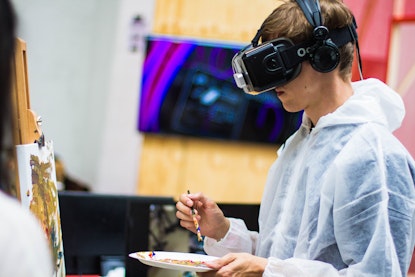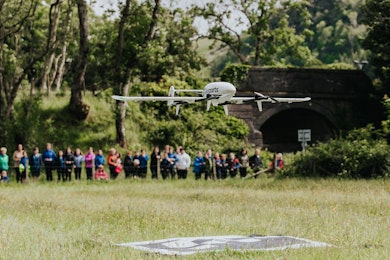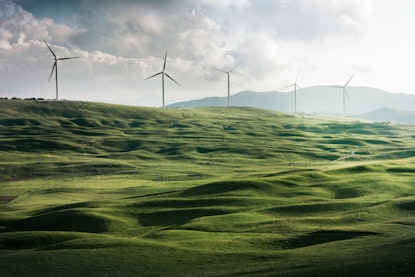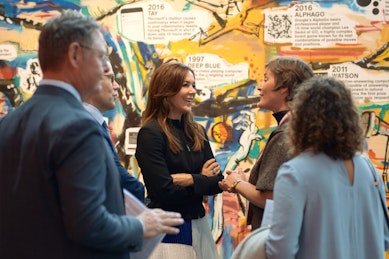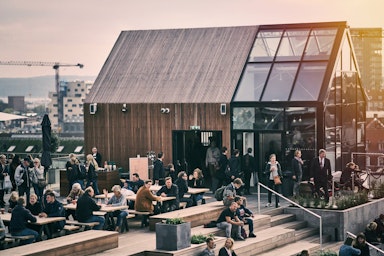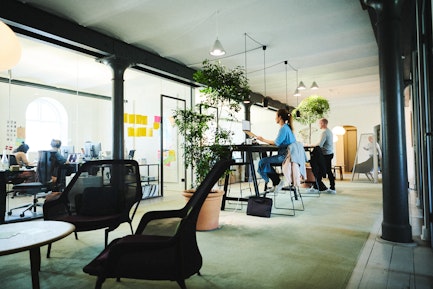Agro-robotics for sustainable farming
Leveraging new digital technologies to overcome old challenges.
The article is created in collaboration with Mandag Morgen.
Overall, the Danish food and agricultural sector is known for high quality and food safety standards, as well as animal welfare. In addition, as recent studies show, the Danish strength position that international decision-makers rate highest is environmental sustainability(1).
This perception is confirmed by industry experts like Lise Walbom, CEO of Food Nation, a public-private partnership in the Danish food cluster, when she declares that "we have a really good position internationally when it comes to sustainability"(2). She immediately adds that many tend to forget this in their branding and marketing. According to Walbom it's now imperative that Danish businesses begin to tell this story by explaining what they are actually doing and how they are working with sustainability in practice.
Recently this call for sustainability in practice has been taken up by a group of tech-entrepreneurs and green tech startups who are applying the potentials of new emerging technologies to secure both effective and sustainable agricultural outcomes.
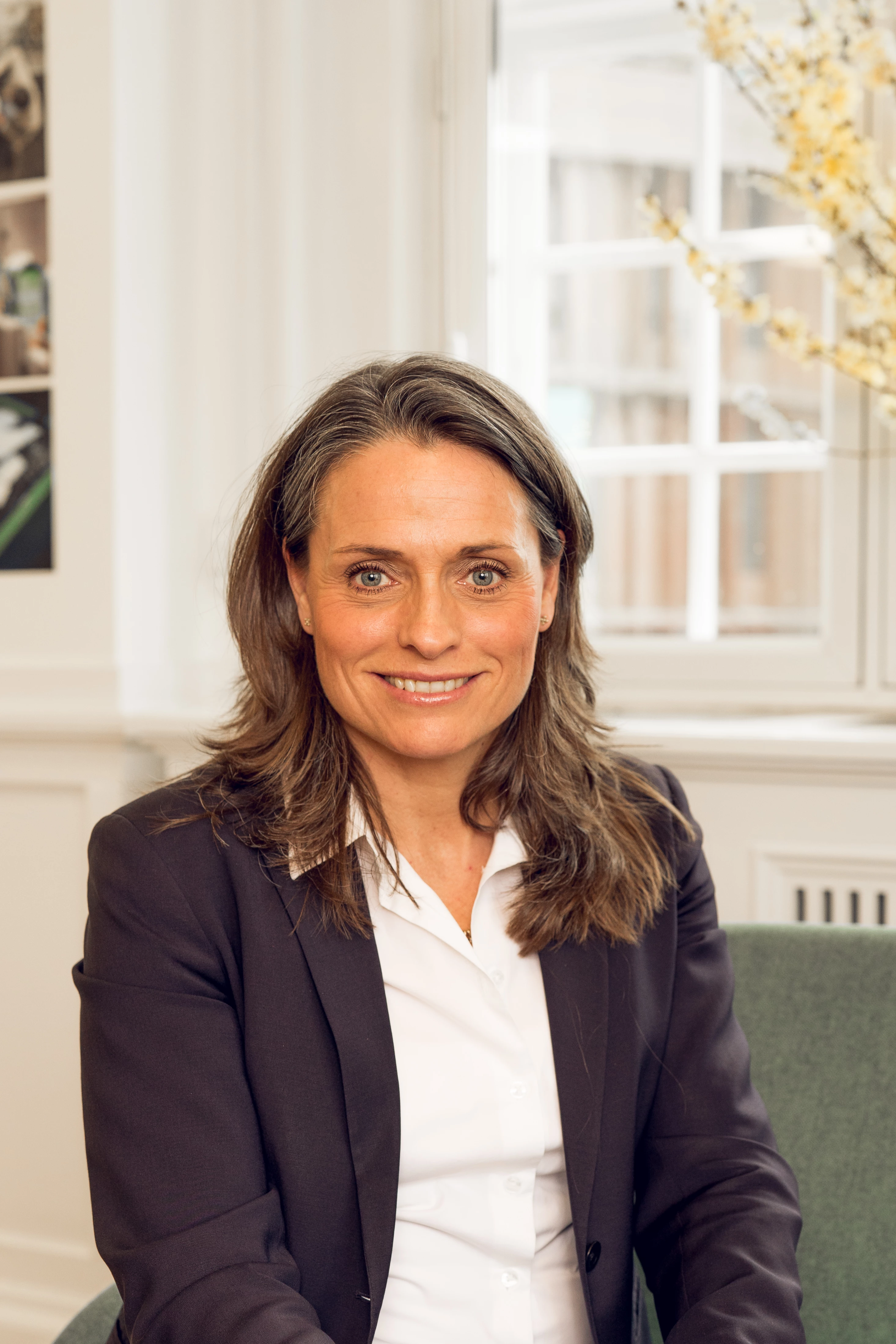
“We are addressing a real problem, and we do it in a way, where it creates great value. Both for the farmers but also for society in general” says Michael Stanley Pedersen, CEO of FaunaPhotonics, a Danish company building next-generation real-time insect monitoring technology to secure biodiversity in the farming fields, while potentially saving costs on insecticides for spraying.
Like many other startups and scale-ups in this field, the challenges are quite straight forward: Leveraging technology to confront environmental challenges that are related to large-scale farming. Like depletion of soil nutrients, loss of biodiversity, pollution and overall energy-demanding processes creating large CO2 emissions.
Bringing robotics to the field
Until recently most industrial robots in Danish farming were something you would come across if you entered the stables. Where they performed tasks like milking, mucking out and much of the physically demanding and hazardous work related to operating a full-scale farm.
Today robots are increasingly being put to work in the field. Especially under what is termed precision farming which implies using data from satellites, drones, image recognition technologies and self-driving robots to design less intrusive vehicle movement and fertilization in the field.
It is perhaps no coincidence that a new form of sustainable farming is being powered by digital technologies. Denmark has traditionally had a relatively fast uptake of new technologies(3), and in the case of farming, we have an extensive tradition for gathering data. In this regard, contemporary Danish farming is remarkably data-driven, and today all the data on growing fields and animal herds come about from the use of satellites, image recognition, drones and robotic vehicles.
Back to nature - with a technological leap forward
Although robots in agriculture are not new, the idea that the path to environmentally sustainable farming should be pursued by new technological innovations has not always been popular. For many, this would be counter-intuitive. Technology would be regarded as the pinnacle of “big agriculture”, the large-scale industrial production facilities giving priority to short term productivity over long term environmental sustainability. This is all changing fast. The old saying, back to nature, nowadays means honouring the value of nature, of biodiversity, and clean and safe water by taking a leap forward applying science and technology.
Precision farming technologies are spreading across Danish fields. Research done by Statistics Denmark shows an increase from 2018 to 2020 of farmers using precision technologies from 23% to 35%. In addition, we see that 70% of all agricultural land in Denmark is cultivated by applying these techniques to secure low (negative) impact while maintaining high productivity.

Noteworthy is the trend of 24% of farmers using RTK-GPS to plan for precise vehicle movement in the fields for tractors and combine harvesters. Also, we see 8% applying software to design for a flexible, low-impact, nitrogen supply into the soil. Another area, which is present (4%), however not that widespread yet is using satellite and drone photos to better monitor fields and for example, protect biodiversity in the farmlands.
When we go deeper into the numbers behind this study, we can see that younger farmers (below 40 years of age) and bigger farms are faster to invest in and take on new methods. However, the overall numbers indicate a much broader group seeing the value (if not the necessity) of making the shift towards low-impact precision farming.
Producing more with less
In the case of Agrointelli, the company behind Robotti, a sensor-driven farming robot, the motivation to innovate is clear: “Through 20 years of research and development within sustainable soil management, I have seen the need for alternatives to the current heavy farm machinery” explains Ole Green, the company CEO.
Farmers tend to treat all their soil and crops as if they are the same - without variation and change. In reality, the farmers’ fields might vary quite a bit. However, if the farmer sows and fertilizes evenly in the fields this can have a huge impact not only on the yield but also on sustainability. If some parts of the fields are sand and some clay, the plants’ need for nutrients will vary. So in effect, many tend to over-fertilize some parts of the field. The excess nitrogen can be lost as ammonia or nitrous oxide to the atmosphere or as nitrate runoff to nearby water environments, which potentially can contaminate groundwater or lead to increased algae production and oxygen depletion in lakes.
With data about the soil and machines to farm the soil precisely, this is easily avoided. In addition, when every plant gets just the right amount of nutrient it needs, the farmer is saving costs on fertilizers while also saving the environmental cost of the excess. In that sense precision farming is a double-saving quest.
Robotti is a robot that can help manage the soil in the fields in a more sustainable way by minimizing fertilization and minimizing the risk of soil compression and soil erosion that comes with the use of large tractors. “This is not just a Danish problem. It’s not just European. It’s a global problem” says Ole Green. The idea behind Robotti came to him when he was working with automatisation in plant production at Aarhus University in 2005. The idea was rather simple, he says. Instead of trying to optimize a tractor, he would optimize the tools; automatizing the tools and making them self-driven.
Today Robotti comes as an autonomous lightweight vehicle, equipped with GPS and sensor technology to calculate for an optimized route in the field while having a precision of 2cm when performing tillage in the soil. And there is an extra dimension to be aware of with these kinds of innovations. It supplies farmers with a solution to a demand for labour that can be hard to satisfy seeing as the work in the fields can be both quite routine, manually exhausting and even sometimes a bit hazardous. As Ole Green points out agro-robotics can help create a more safe and engaging work environment for farmers and their employees.
In the end, he tells us, investors don’t just invest in an idea, they also invest in people. ‘You need to believe in it. You need to convince them that it’s you who will carry this through to the end. Even when it's hard’ is the advice he would pass on to others wishing to build new Green Tech ventures.
Make sure you are creating real value for the farmers
Another remarkable innovation in the field is an insect sensor which the Danish startup FaunaPhotonics has developed and brought to market. Their technology platform combines information on insects collected with a patent protected sensor technique and machine learning algorithms to differentiate among insect groups. In this way, they can fill the knowledge gaps that many farmers experience, when dealing with understanding and securing insect biodiversity and how to control pest insects and for insect-borne diseases.
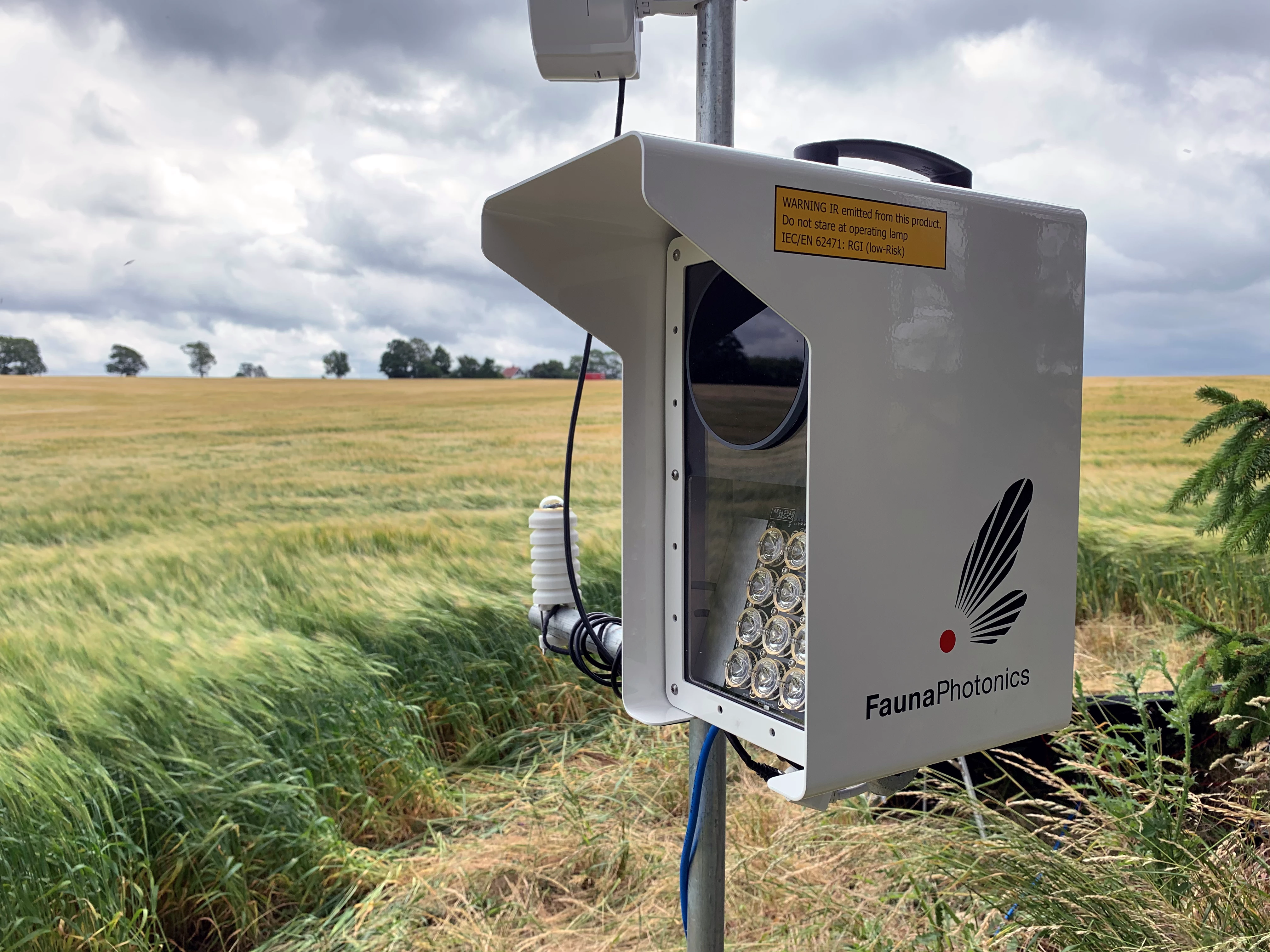
A concrete use-case is that farmers using the technology can see when bees are flying in the fields, and therefore reduce the level of spraying with pesticides. And by using the data to know when an insect-pest is on its way, he or she can see where and when it arrives, and therefore have a much better approach to targeting the use of insecticides. Overall it helps farmers be more precise and effective in their use of pesticides and decreases the risk of over-spraying the fields. The outcome being an improved fauna and a lower possibility of resistance buildup within the insects.
Michael Stanley Pedersen, the company CEO, points to their solution as being part of a broader movement harnessing the power of data collection and analysis to support better and smarter decision-making in agriculture. It’s precision farming, and it’s highly data-driven. ‘This potential of getting a richness of information to make the right decisions. This is what we are doing’ he explains and adds that ‘it is cloud solutions and machine learning and almost all the buzzwords you can come up with. But we are actually doing it’.

Initially, the idea behind FaunaPhotonics started at Lund University, where a professor discovered how a sensor could be applied to identify different animals. After several experiments and trials, they discovered that perhaps the true value of this discovery would be scanning fields for insects. That’s when the commercial journey took off.
As with many other tech companies, the early days were a real challenge. How do you take a complex and expensive laboratory setup and make it practical and affordable? The solution became developing the technology even further with the support of private investors. As Michael Stanley Pedersen, the company CEO, makes clear the green agenda became a driving force at this stage, where the primary focus was on attracting capital and developing a commercially viable product.
Today the company is planning to diversify from primarily applying their technology to rapeseed fields and moving to a range of other crops like wheat, white clover and beets. As for now, the ambitions are to grow their market in Denmark, without losing sight of international potential. In fact, just recently they did a collaboration with American tractor company John Deere to successfully test the possibilities of attaching the FaunaPhotonics sensors directly to the spray boom on a tractor.
Companies like Agrointelli and FaunaPhotonics are hardly lone stars, and we should expect to see a whole range of Green Tech entrepreneurs turn their attention to agriculture. As Mette Kramer, a consultant with SEGES, the leading agricultural knowledge and innovation centre in Denmark, puts it bluntly; "There has been talk of precision farming since the 1990s, but back then you just didn’t have the technology for it."
